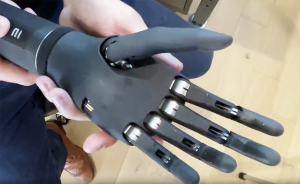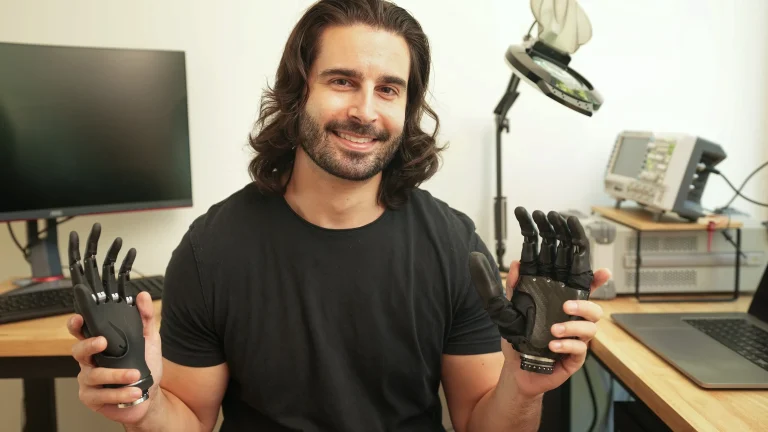That’s the promise of Phantom Neuro, the Austin-based startup redefining bionics with its Phantom X neural interface.
What makes Phantom X so groundbreaking?
Phantom X translates subtle muscle biosignals into motion commands using adaptive AI, all through a minimally invasive procedure. Early trials have demonstrated up to 93.8% accuracy in decoding 11 distinct wrist and hand movements after just 10 minutes of calibration. In other words, users can perform nuanced gestures—like gripping, rotating, or pinching—almost instantly, with no direct brain surgery required.
How did Phantom Neuro get here?
Founded by Connor Glass during his neuroengineering fellowship at Johns Hopkins, Phantom Neuro has assembled a team spanning neuroscience, robotics, and AI. Their goal: bridge the gap between human intent and robotic execution without the risks of brain implants. Instead, Phantom X leverages flexible, under‑skin sensors that capture muscle activity and wirelessly transmit data to AI models, which then convert those signals into real‑time limb movements.
Why is now the moment for this technology?
With mobility impairments affecting millions—and traditional prosthetics often slow, imprecise, or cumbersome—the need for intuitive, responsive solutions has never been greater. Phantom Neuro’s approach not only restores natural movement, but also offers a more accessible pathway: a minor outpatient procedure performed by trained practitioners, rather than complex neurosurgery.
What’s fueling Phantom Neuro’s growth?
The company has raised $28 million in total funding, including a $19 million Series A led by Ottobock, a global leader in prosthetics and exoskeletal tech. This capital will accelerate preclinical and human trials, expand R&D, and refine the AI decoding algorithms to adapt seamlessly to each user’s unique muscle signatures.
How is regulatory progress shaping its path?
Phantom Neuro’s innovations have attracted attention from regulators as well. The core Phantom X platform recently received FDA Breakthrough Device and TAP designations—affirmations of its potential to address unmet medical needs and streamline the path toward clinical deployment.
What comes next?
With funding secured and regulatory milestones achieved, Phantom Neuro is gearing up for human trials in 2025. Their vision extends beyond prosthetics: enabling natural, responsive control in exoskeletons and other robotics, bringing us closer to a future where assistive devices feel like extensions of our own bodies.
Could this be the tipping point for non‑invasive bionics? If Phantom Neuro delivers on its promise, the way we think about assistive technology—and the definition of human augmentation—may never be the same.
Sources: Phantom Neuro


